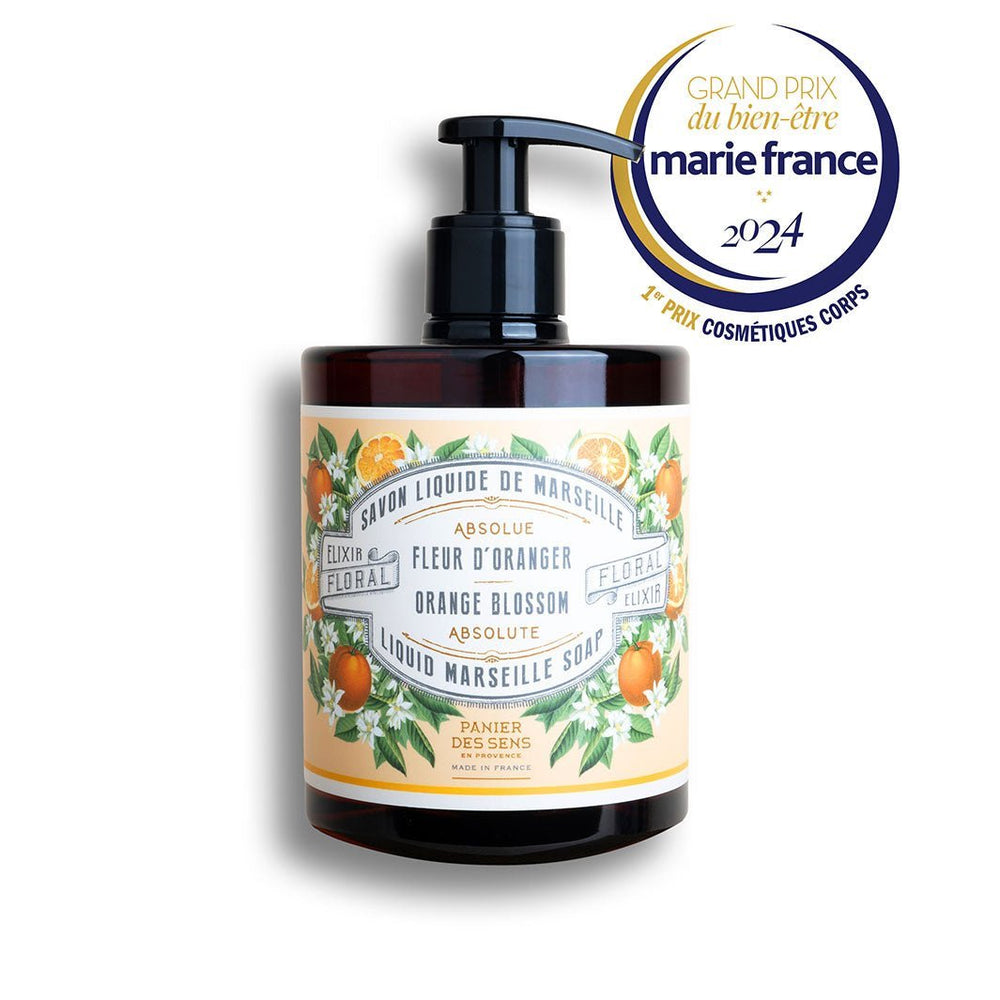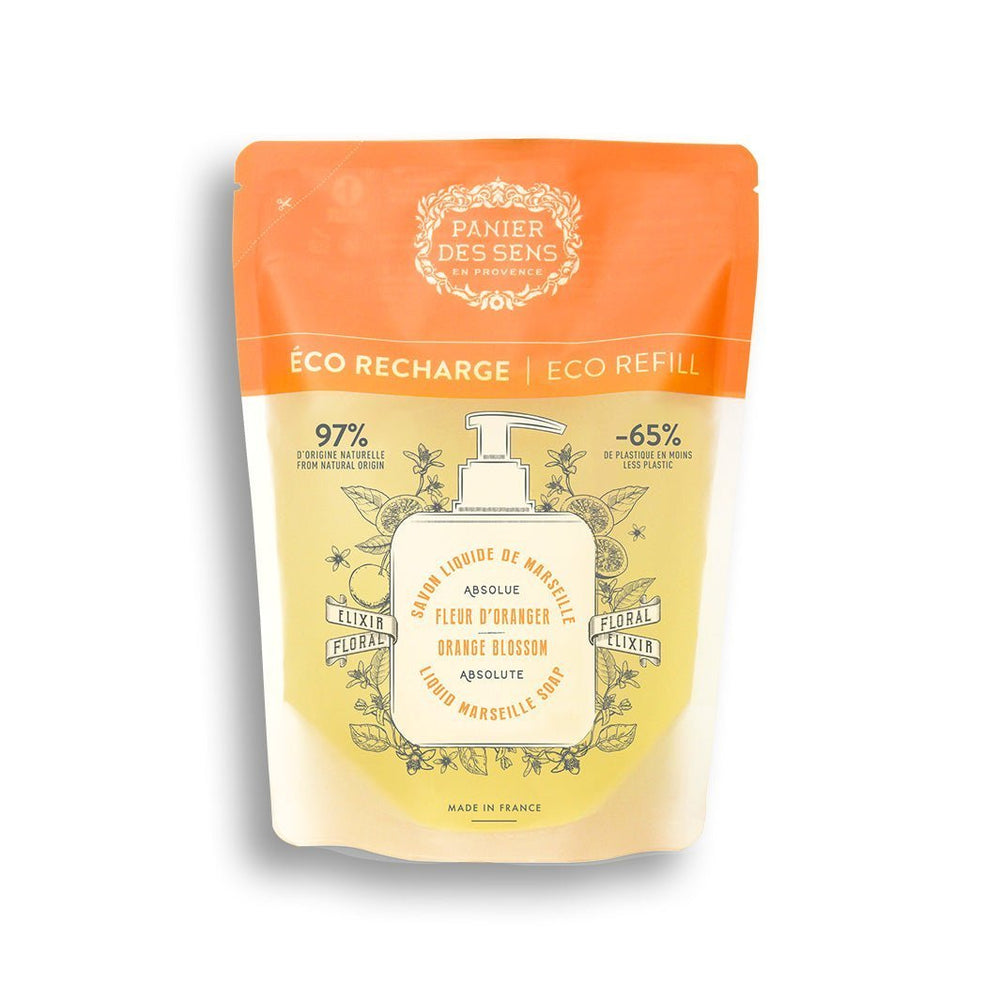Are there regulations and certifications for making liquid Marseille soap?
Tradition and quality are intrinsically linked to the reputation of liquid Marseille soap. The foundations for its manufacture were laid in antiquity, and since then, a heritage has been built around this emblematic product of French cosmetics. Few products boast such a rich heritage, combining age-old know-how with contemporary environmental commitments. But to what extent is the production of this soap governed by regulations, and how much confidence can consumers place in the labels that certify its authenticity and quality?
This text explores the history of Marseille soap, defining its origins and tracing the evolution of its recipe over time. It also examines the essential criteria that determine genuine Marseille soap. Next, we'll decipher current regulations, including French and European standards, as well as appellations and geographical indications. The final part of our analysis will focus on certifications and quality labels, and what they mean for consumers looking for authentic, environmentally-friendly products.

History and definition of Marseille soap
Marseille soap, with its rich history going back many centuries, remains an undisputed emblem of French heritage. Since the Middle Ages, master soap-makers have perpetuated a tradition that has given this product a worldwide reputation for excellence. The origins of Marseille soap are closely linked to the town of the same name, where the abundance of olive oils and the presence of natural soda have favored its development.
Origin and evolution of the traditional recipe
The traditional recipe for Marseille soap has been handed down from generation to generation, respecting an ancestral artisanal method. In its early days, this cleanser consisted mainly of olive oil and potash. Over the centuries, its manufacture has undergone variations to adapt to technical evolutions and the availability of raw materials. Even today, the true craftsmen of Marseille soap strive to maintain these age-old methods to guarantee an authentic product.
Criteria defining genuine Marseille soap
To distinguishgenuine Marseille soap from the many imitations on the market, certain precise criteria must be taken into account: genuine Marseille soap must contain at least 72% vegetable oils, with no added perfumes, colorants or chemical additives. It must be cooked in cauldrons according to a very specific process known as "hot saponification". This scrupulous respect for tradition ensures not only quality, but also the cultural heritage that this national treasure represents.
Current manufacturing regulations
French and European standards
The quality of a liquid Marseille soap is measured not only by its fragrance or creamy texture. It is also the result of meticulous regulations, established to guarantee the safety of the final product. In France, master soap-makers must comply with Good Manufacturing Practices (GMP), which require them to constantly improve their processes to achieve a result that is risk-free for the consumer. These GMPs, although not sealed by an official certification body, serve as an essential guide in the soap industry.
TheAgence Nationale de Sécurité du Médicament (ANSM ) plays a key role in this regulatory watch, requiring soap manufacturers to declare their activity at least four days before products are marketed. This period enables precise traceability, and ensures that every batch placed on the market complies with national requirements.
Appellations and geographical indications
Particular attention is paid to the labeling of liquid Marseille soaps. It must include the product name, the complete list of ingredients according to international nomenclature (INCI), and the batch number for optimum traceability. The Period After Opening (PAO), indicated on the packaging, gives information on how long the soap will retain its properties once opened.
The name or company name and address of the manufacturer must also appear on the packaging, to ensure total transparency for the consumer. As for the function of the product - in this case "soap" - this must be clearly stated alongside the net weight at the time of packaging.
These rigorous measures are all responses to the challenges faced by this historic sector: faced with the emergence of more modern, cost-effective continuous processes proposed by powerful, internationalized companies, traditional craftsmen have been able to adapt by joining forces to keep ancestral traditions alive while meeting contemporary standards.
We recommend these other pages:






































